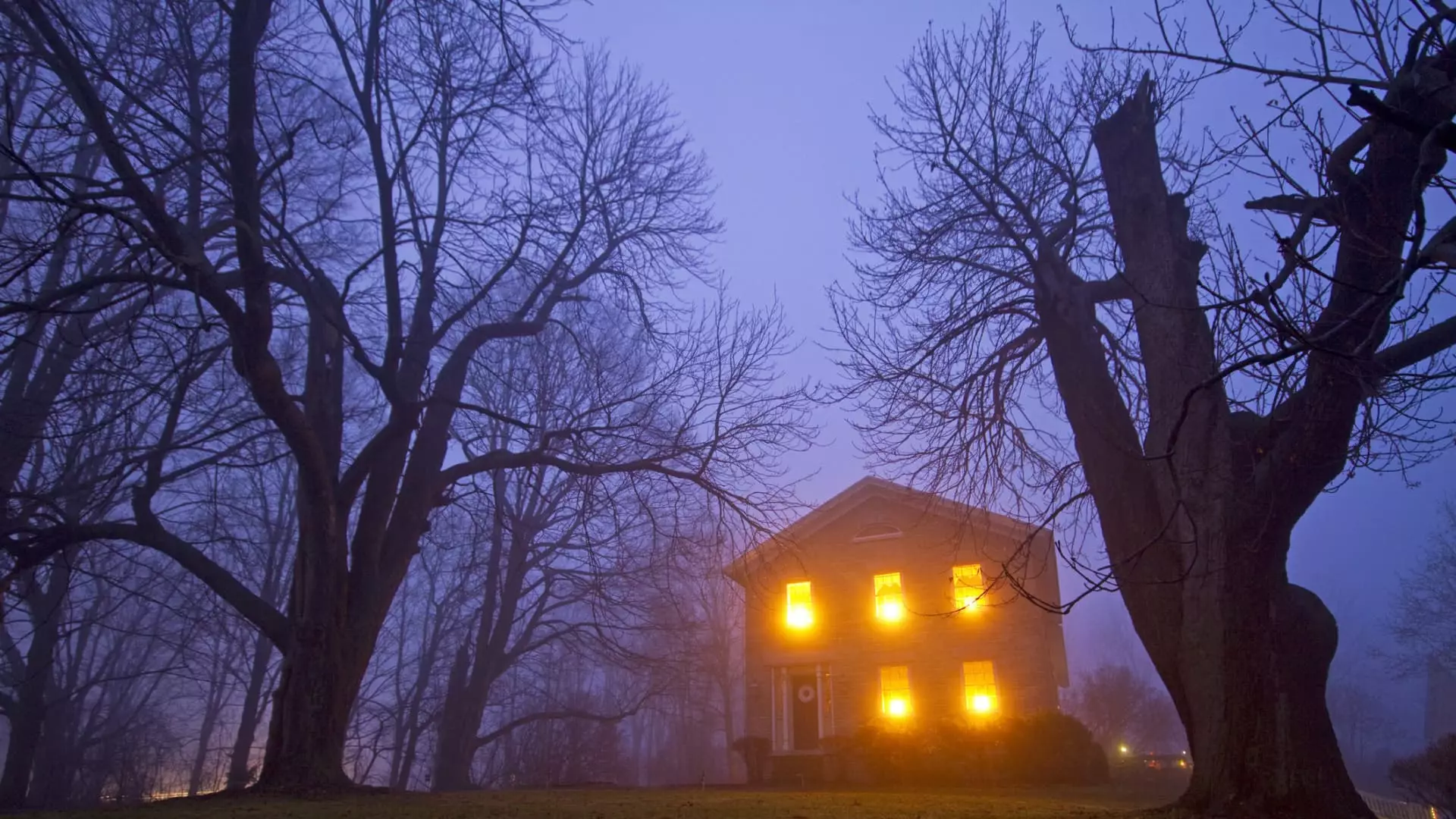In the realm of real estate, the notion of stigma associated with certain properties adds a unique layer of complexity to the buying and selling process. Whether framed by tragic events, notorious histories, or alleged hauntings, the term “stigmatized properties” encompasses homes that, while physically unblemished, carry an emotional weight that can influence potential buyers. This article delves into the nuances of disclosure laws, buyer attitudes toward these properties, and the vital role homebuyers must play in uncovering a property’s history.
When a real estate agent lists a property, they are bound by state laws to disclose physical defects; however, what constitutes an essential disclosure when it comes to stigmatized properties varies drastically from one state to another. Most states do not obligate agents to disclose deaths that occurred in a home unless the event significantly impacts the property’s desirability. Notable exceptions are places like California and Alaska, where death disclosures are mandated depending on the time elapsed—three years in California and one year in Alaska for murder or suicide.
This variation is indicative of broader societal attitudes toward stigmatized properties. A property that may be wholly desirable in one state could be viewed with apprehension in another. For example, in New York, sellers are not required to disclose death events unless they have plausible claims about paranormal activity associated with the home—an area where buyer preferences tend to dictate the significance of disclosure more than legal statutes.
As the legal landscape remains inconsistent, the onus often falls on buyers to proactively seek information regarding a property’s history. In numerous states, such as Georgia, agents and sellers are not obligated to announce previous deaths unless directly asked. This reiteration of the need for buyer vigilance is critical; buyers must come equipped with inquiries about the home’s past to ensure they’re making informed decisions.
Real estate agents, while possessing a fiduciary duty to their clients—typically the sellers—must balance this with their responsibility to provide truthful answers. A nuanced understanding of this relationship can empower buyers to navigate conversations gracefully and unearth hidden truths about properties they are considering.
Surprisingly, buyer attitudes towards stigmatized properties can be bifurcated. While some individuals are understandably turned off by thoughts of violent histories or alleged hauntings, others may view these aspects as opportunities for significant discounts. According to a survey conducted by Real Estate Witch, a considerable 72% of potential homebuyers expressed willingness to purchase a “haunted” house for a price reduction. Furthermore, an astonishing 43% indicated a willingness to negotiate at least $50,000 below market value for such properties.
These statistics reveal an intriguing dynamic in the housing market; the same stigmatizing events that could deter some buyers can entice others, creating a unique marketplace for properties with murky backstories. Additionally, homes that have gained notoriety, like the infamous LaBianca mansion, illustrate how a property’s dark history can garner considerable interest, reshaping its market value through a blend of curiosity and horror.
For prospective buyers concerned about a property’s history, a proactive approach is essential. Engaging the real estate agent is the first step; by fostering an open dialogue, buyers can tap into the agent’s knowledge and resources to learn more about the home. Additionally, avenues such as talking to neighbors and accessing county records can uncover vital information about past events associated with the property.
Moreover, modern technology offers a wealth of information at a buyer’s fingertips. Investigative efforts online, including a search for historical records, police reports, and local newspaper articles, can shed light on previous incidents, providing transparency and peace of mind before making a purchasing decision.
The purchase of a home encompasses more than mere logistics; it entails wrestling with emotional and ethical considerations that transcend physical attributes. The stigma associated with certain properties can evoke both fear and fascination, impacting their appeal. Ultimately, informed buyers—armed with knowledge and preparedness—can drive their homebuying journey, transforming uncertainties into opportunities. Therefore, prospective homebuyers should be reminded: the history of a property is layered and complex, but with initiative, it can be unveiled to reveal potential blessings beyond the surface.

